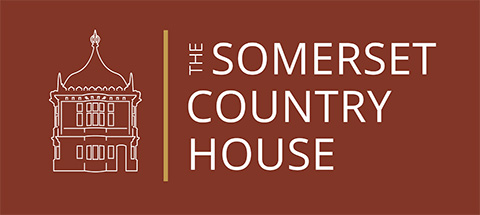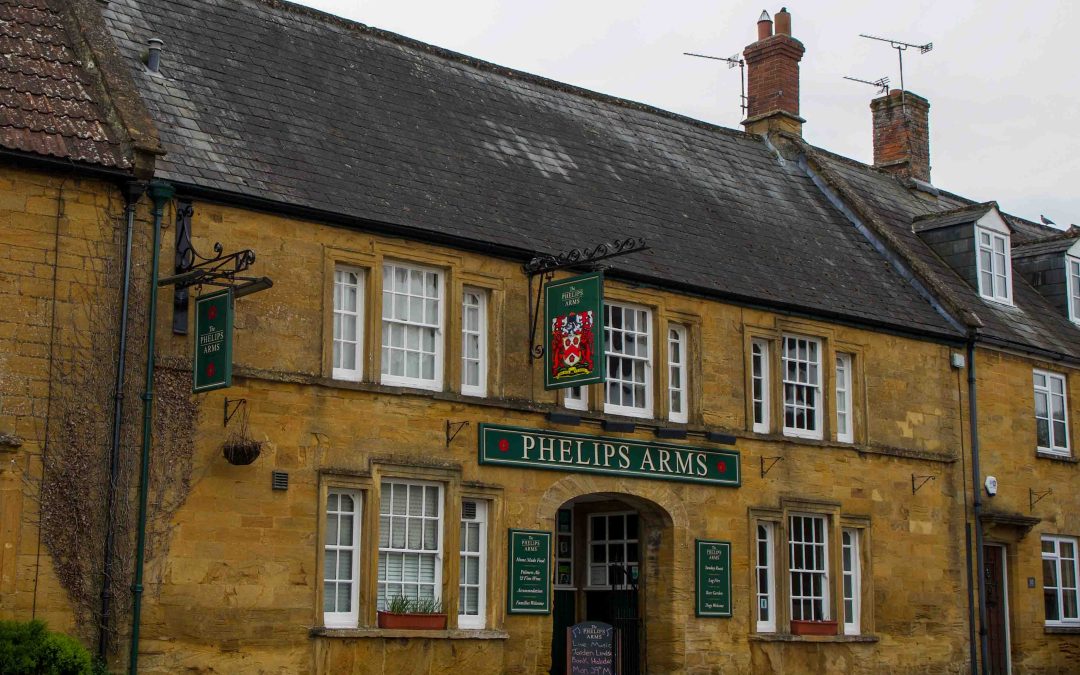The Historic England listing of 1961 names this inn the ‘Phelips Arms Hotel’. However, it does note that it was formerly listed as the ‘Phelips Arms Inn’. The listing, its source being the Victoria County History Vol. III, notes that it maybe the successor to an inn called the George, which is first mentioned in 1698 and closed in 1822.[i]
In Edward Phelips’s diary of 14th of October 1789 he notes:
The first day of holding a Session at the new Montacute Phelips’s Arms Publick House[ii]
This information dates the Phelips Arms to be created in 1789. Phelips doesn’t mention a previous inn, but it maybe that the new inn was a rebuilding and renaming project.
It is also significant to note that Edward Phelips’s predecessors did not always use the name ‘Phelips’. For example, his parents, Edward, and Elizabeth spelled their surname ‘Phelipps’. Previous members of the Phelips family had used the spelling ‘Phellipps’. Edward V established once and for all the final version of the family name. The newly built inn in the village confirmed that change. The coat of arms would also be displayed on the inn signage, thereby confirming its name as the ‘Phelips’s Arms’.
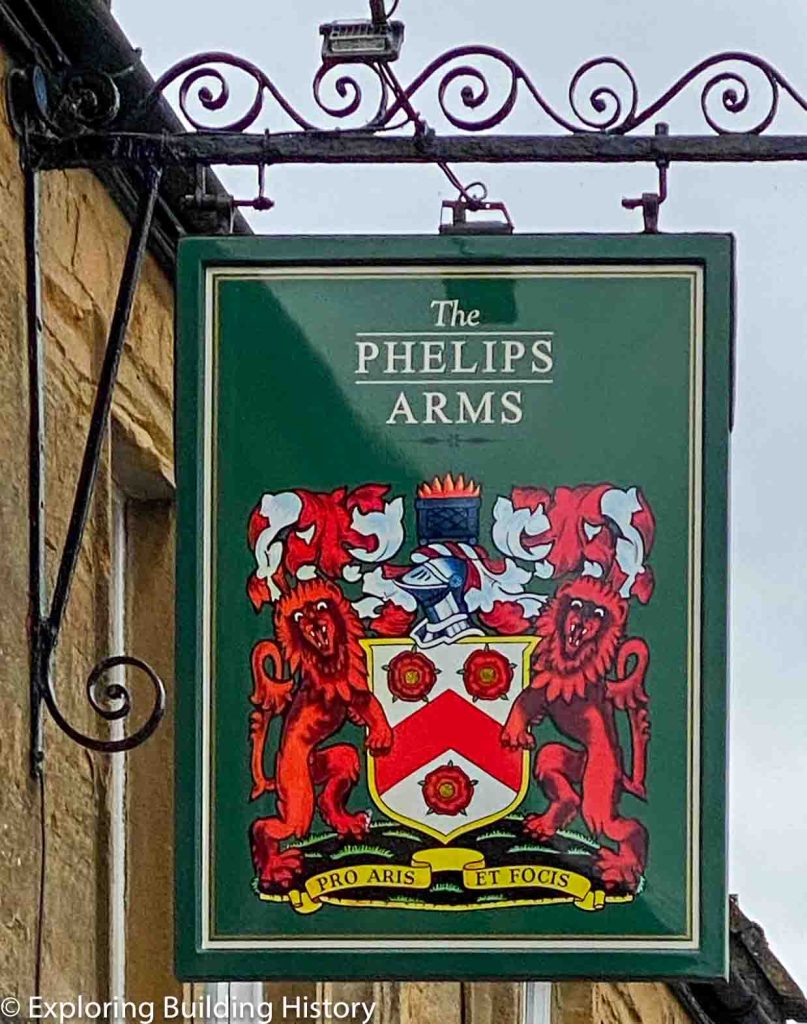
Phelips Arms Sign, Montacute Village, Somerset
Other members of the gentry changed their name. Sir Amias Paulet (1532-1588) of Hinton St. George, Somerset, was succeeded by his son Anthony Paulet (1562-1600). Sir Anthony appears to have used both the spelling ‘Paulet’ and ‘Poulett’. His son John, 1st Baron Poulett (1585/6-1649), used ‘Poulett’, which established the name change.[iii] In Hinton St. George the inn firmly establishes the name also.
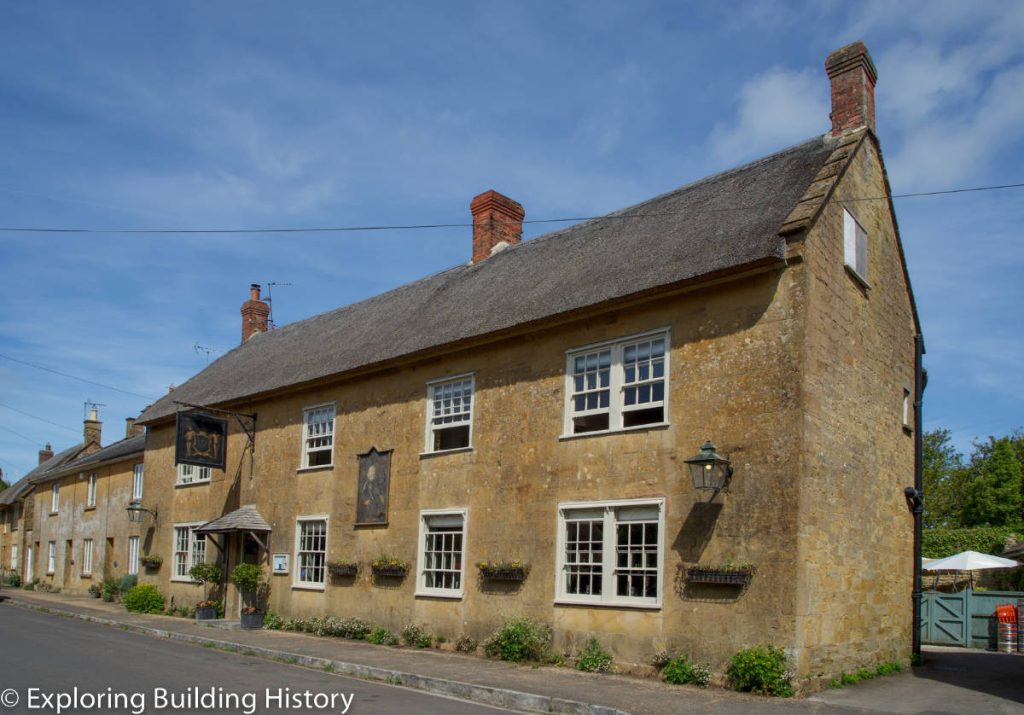
Lord Poulett Arms, Hinton St. George, Somerset
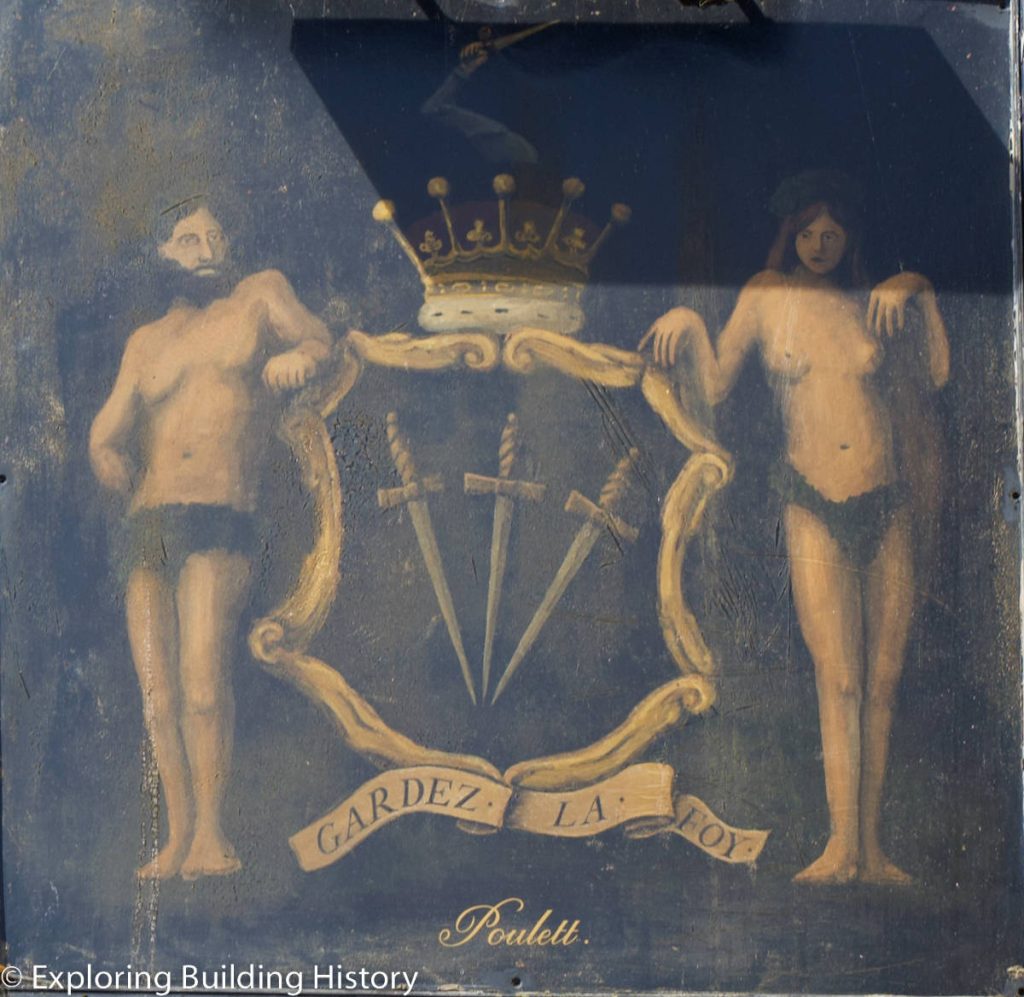
Lord Poulett Arms Sign, Hinton St. George: Coronet, 3 swords, Wild man & woman, ‘Keep the Faith’.
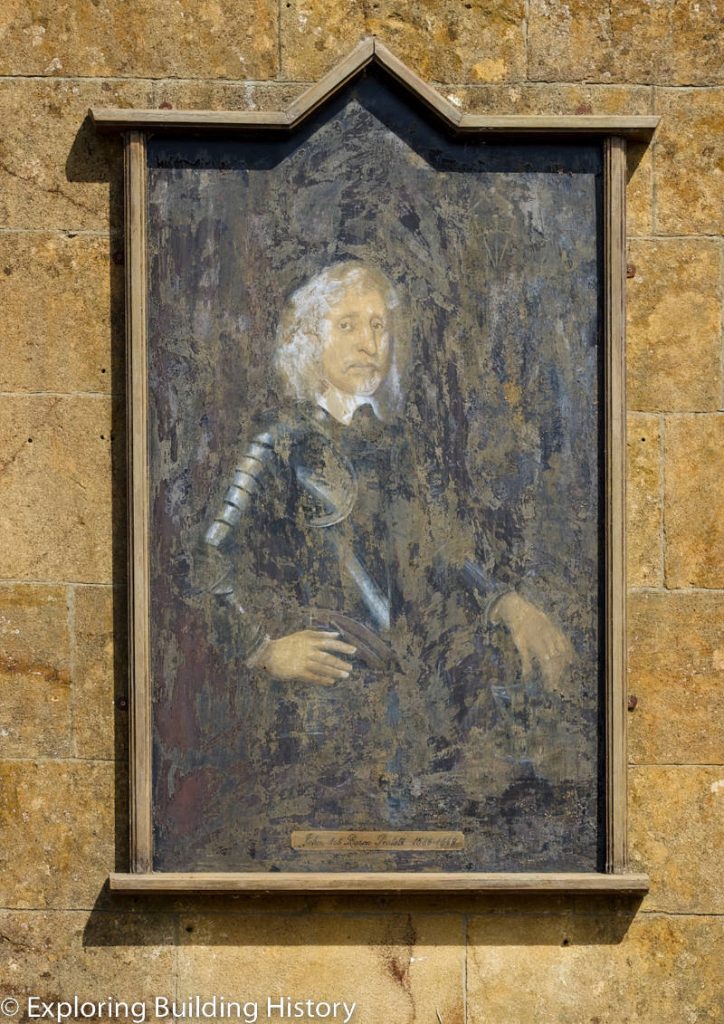
1st Baron Poulett (pronounced Paulett)
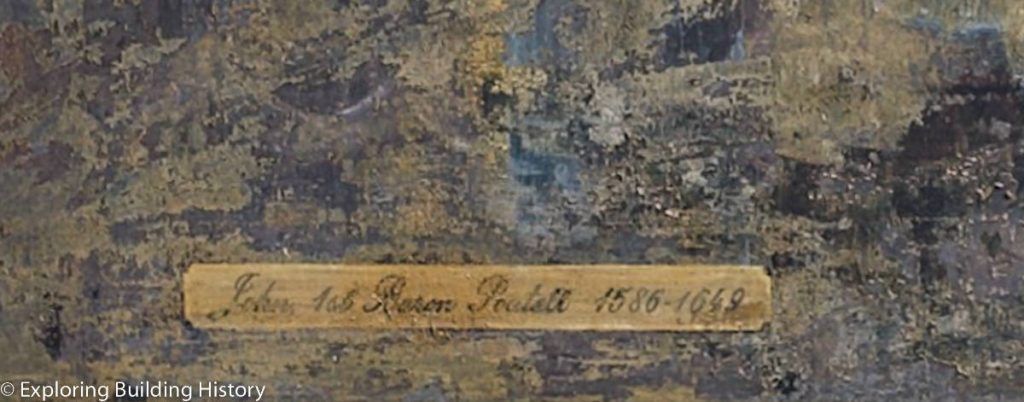
John, 1st Baron Poulett’s dates: 1586-1649
It is curious to wonder when meandering round villages which have a local pub with a gentry surname, whether that was to advertise the established name. It also advertises to all the dominant family of the area. The 18th C local inn becomes another sought after asset in the armoury of the gentry.
Venetian Window (or Serlian Window)
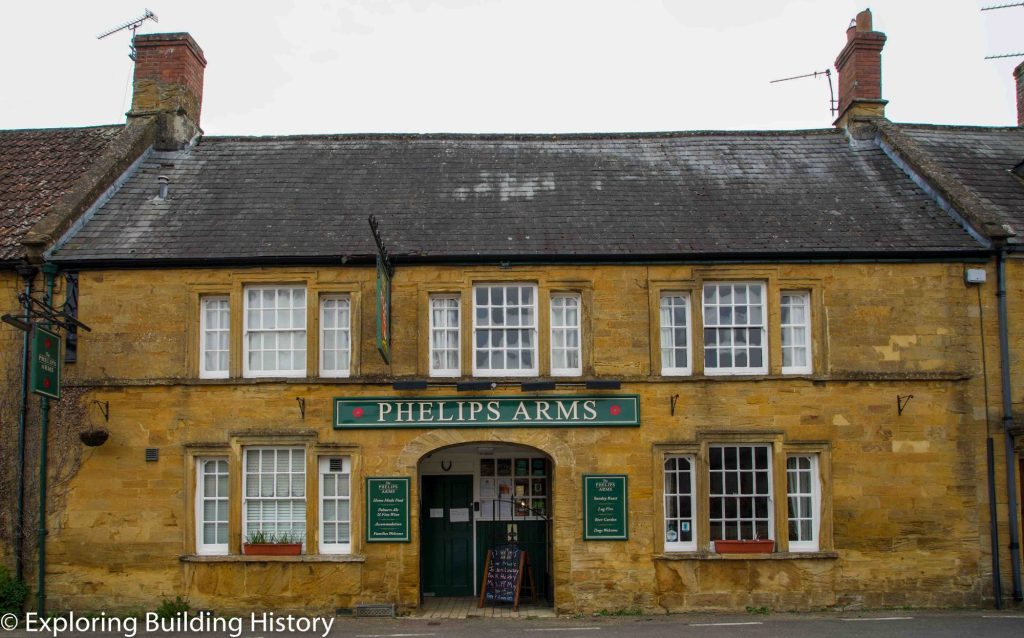
The inn itself has sash windows at the front that echo the design of a Venetian window. At the Mermaid Inn in Yeovil, which Phelips and his gentlemen contemporaries frequented for meetings, there is another version of the Venetian Window over the gate passage.
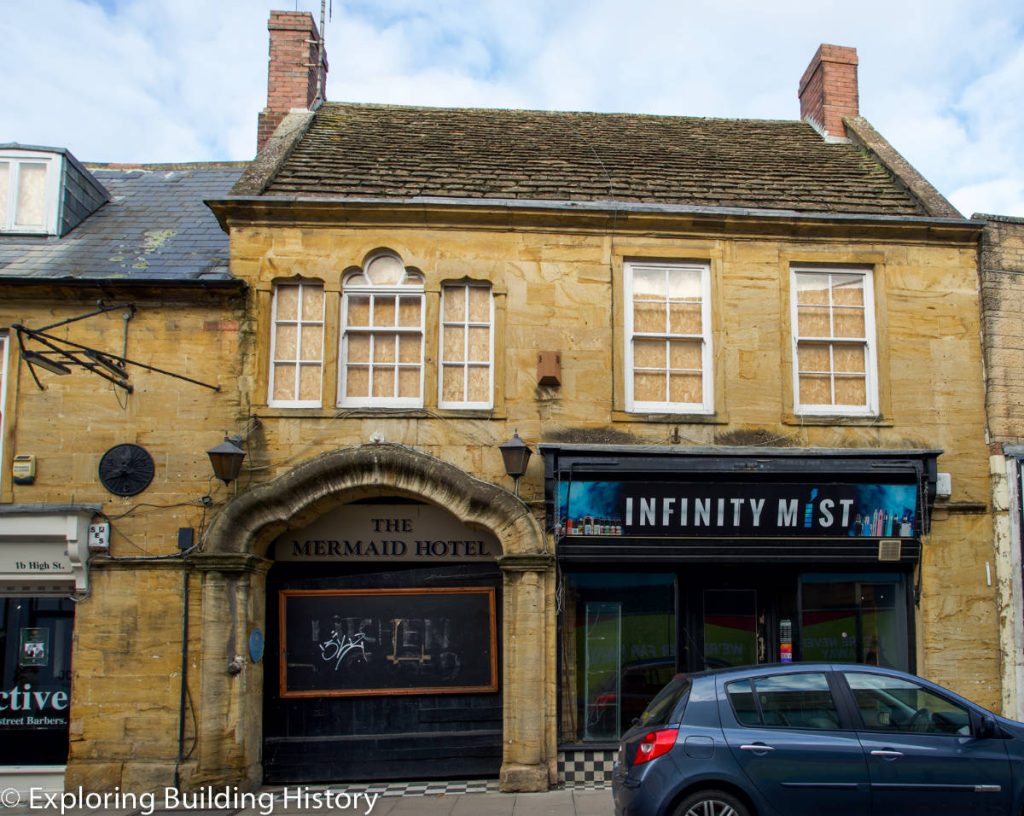
Mermaid Inn in 2022, Yeovil, Somerset
The Venetian Window is a Neo-Palladian motif in architecture. Lord Burlington was one of the first to employ the design in England at Burlington House in London and at his Chiswick villa (completed 1729).
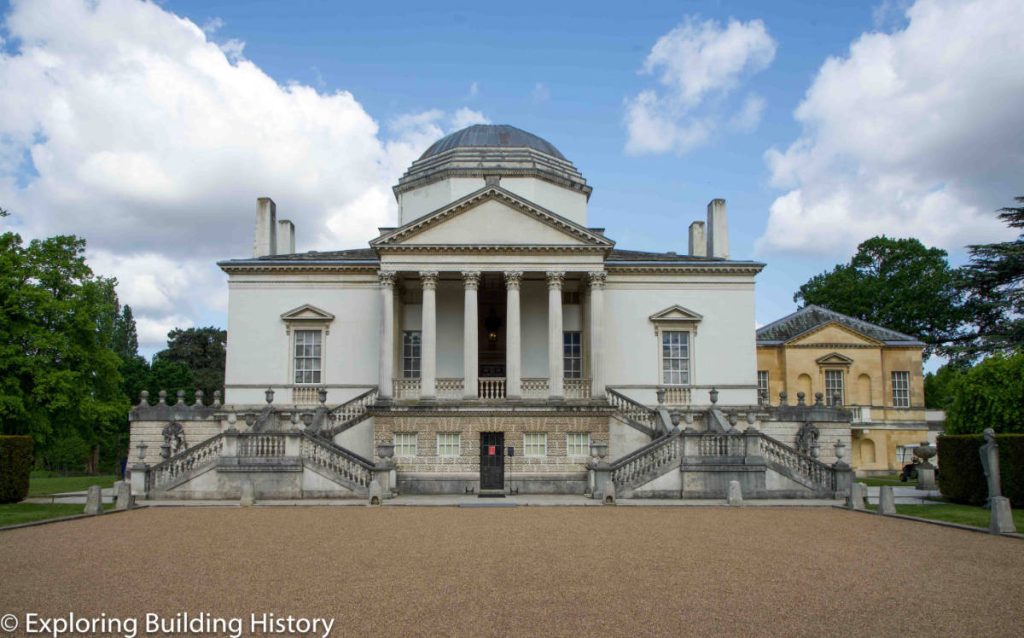
Chiswick House Front, May 2023
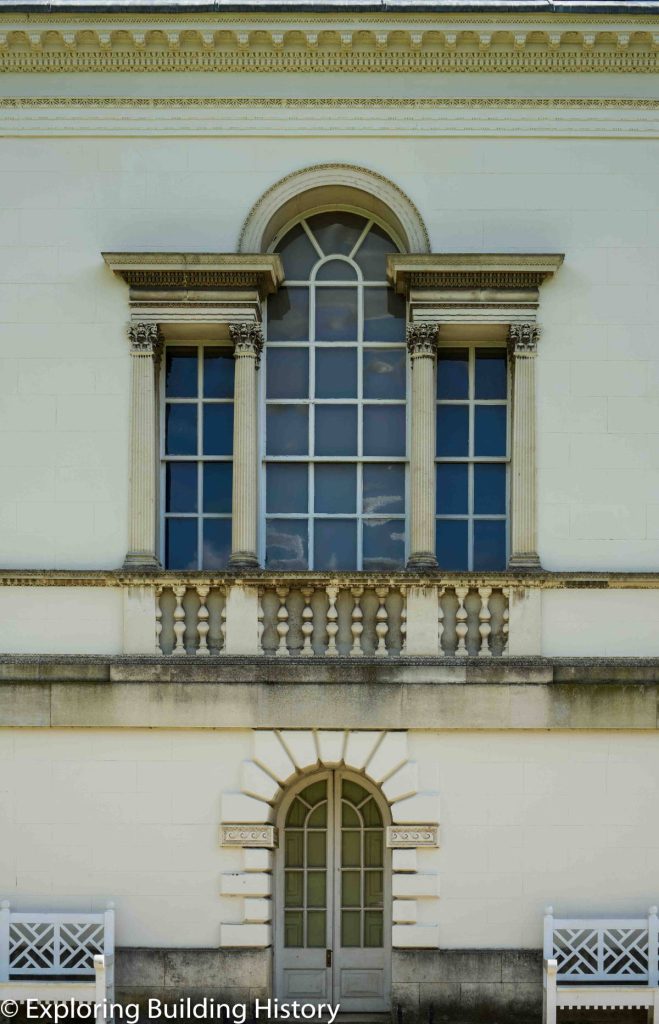
Venetian Window on the west side of Chiswick House
Who designed the new Phelips Inn?
In the 1789 diary and in his autobiography, Phelips mentions a Will Bool, a mason or builder that does work for him.[iv] [v] Will Bool may have lived in Montacute Village. Could Will Bool and his team have been responsible for the new Phelips Arms? Did Will Bool head a workshop of masons? Did he belong to a family of masons that worked the stone at Ham Hill? Did Edward Phelips contribute towards the cost of the building? These are questions for which there is no direct evidence I have yet found, but maybe possibilities.
NOTES
[i] ‘Phelips Arms Hotel’, Historic England List Entry 1252011, (1961, rev. 1987) <https://historicengland.org.uk/listing/the-list/list-entry/1252011?section=official-list-entry [accessed 16 May 2023].
[ii] S.R.O., Diaries of Edward Phelips of Montacute MP, A/EOH/2.
[iii] Thomas G. Barnes, ‘Horsey family (per. c.1500–c.1640)’, Oxford Dictionary of National Biography, Oxford University Press, 2004; online edn, May 2008, https://doi.org/10.1093/ref:odnb/22632 [accessed 17 May 2023].
[iv] S.R.O., Diaries of Edward Phelips of Montacute MP, A/EOH/2.
[v] S.R.O., Phelips Manuscripts, Personal affairs, DD/PH/224/114
